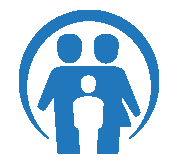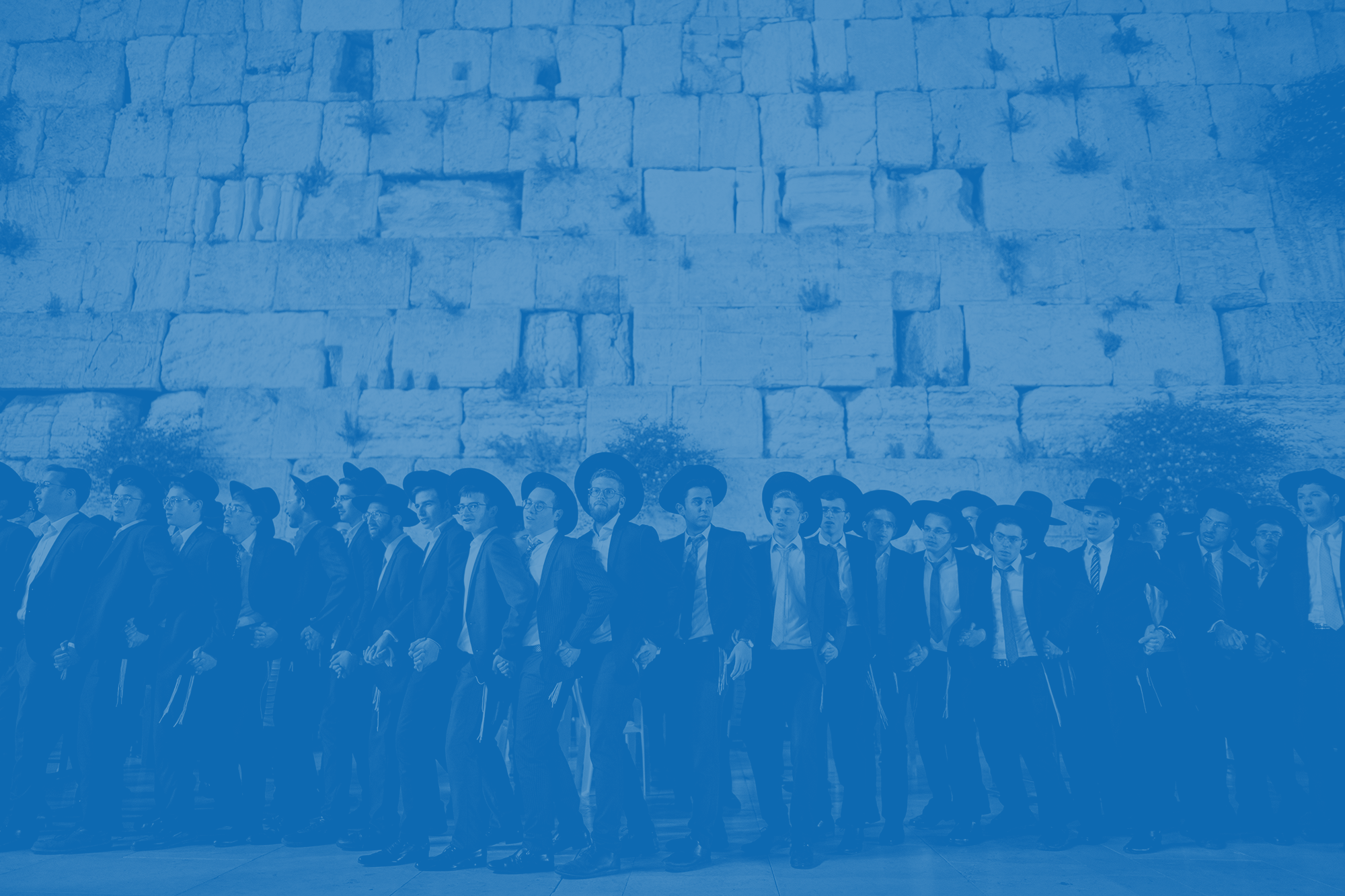Education
Chap. 2
Trends in Education
The Elementary School System
Ultra-Orthodox students make up almost a quarter (24.5%) of all Jewish students, and 18.5% of the total number of students in the school system—including both Arab and Jewish students. Beginning in 2000, the number of students in the Haredi school system was on the rise, but since the 2012-2013 school year, this trend has slowed down to 3.4% annually. The last decade has seen major system-wide and structural changes in the Haredi school system, including the establishment of an ultra-Orthodox unit within the Ministry of Education, and the establishment of a state-Haredi educational stream. In the 2018-19 school year, there were approximately 332,000 ultra-Orthodox students in elementary schools and high schools.
Studies towards a Matriculation (Bagrut) Certificate
The numbers of Haredi high school students taking at least one matriculation exam is on the rise—though not all taking the exam fulfill the necessary requirements for a matriculation certificate. The numbers went up from 23% in 2004/5 to 35% in 2016/17. The rate of Haredi girls taking the exams rose over from 31% in 2008/9 to 51% in 2016/17, but over the same period of time, there was a slight drop in the number of Haredi boys taking the exams – down from 16% in 2008/9 to 14% in 2016/17.
Ultra-Orthodox Youth Taking Bagrut (Matriculation) Exams, by Gender and Academic Year (%)
The Ultra-Orthodox and Higher Education
Over the past decade, the number of Haredi men and women studying for an academic degree increased by 150%, with the average annual increase being 12.5%. In the 2018/2019 academic school year, approximately 12,000 Haredi students studied in higher education frameworks, and made up 3.8% of the general student population in Israel; 70% (8,400) of the Haredi students are women. However, the growth in the number of Haredi students in higher education, in particular among the men, has slowed down. In the past two years, 9% of Haredi men, and 12% of ultra-Orthodox women studied in colleges and universities.
Fields of Study
The percentages of Haredi students studying fields such as education, para-medical professions, and business management are higher than those among other Jewish students (35% and 18%, 12% and 6%, 12% and 10%, respectively). This reflects a pragmatic approach to higher education among the ultra-Orthodox who wish to study practical, applied subjects that will help them find employment - particularly within their own community. By contrast, there are subjects only rarely studied, such as: engineering-- (9%) in comparison with the rest of the Jewish population (21%), apparently because the Haredim—especially the men—lack the prior education which is essential for studying these fields.
Students for a BA degree by Fields of Study and Population Group, 2017/2018, (%)
Yeshiva and Kollel Students
Growing numbers of yeshiva and kollel students (the first- for unmarried men, and the second-for married men): In 2018, 133,933 ultra-Orthodox men were studying in yeshiva and kollel frameworks (including students from overseas). Between 1999-2012, these numbers grew steadily, at an annual rate of 4% (in line with the growth rate of the ultra-Orthodox population in Israel). However, between 2015 – 2018, there was a dramatic 30% increase in the number of kollel students– from 67,000 in 2014, to 86,500 in 2018.
Between 2014-2018, the number of yeshiva students also increased by 21%, from 30,000 to 37,000. In a single year – 2018- the number of yeshiva students grew by 6% - exceeding the rate of growth of the ultra-Orthodox population (4%). This growth can be attributed to the financial incentives provided to yeshiva and kollel students, and the reinstitution of government stipends to these students.
Yeshiva and Kollel Students, 2012 – 2018
** The Statistical Report on Ultra-Orthodox Society in Israel is based on data from the Central Bureau of Statistics, government ministries and authorities, and the National Insurance Institute.

